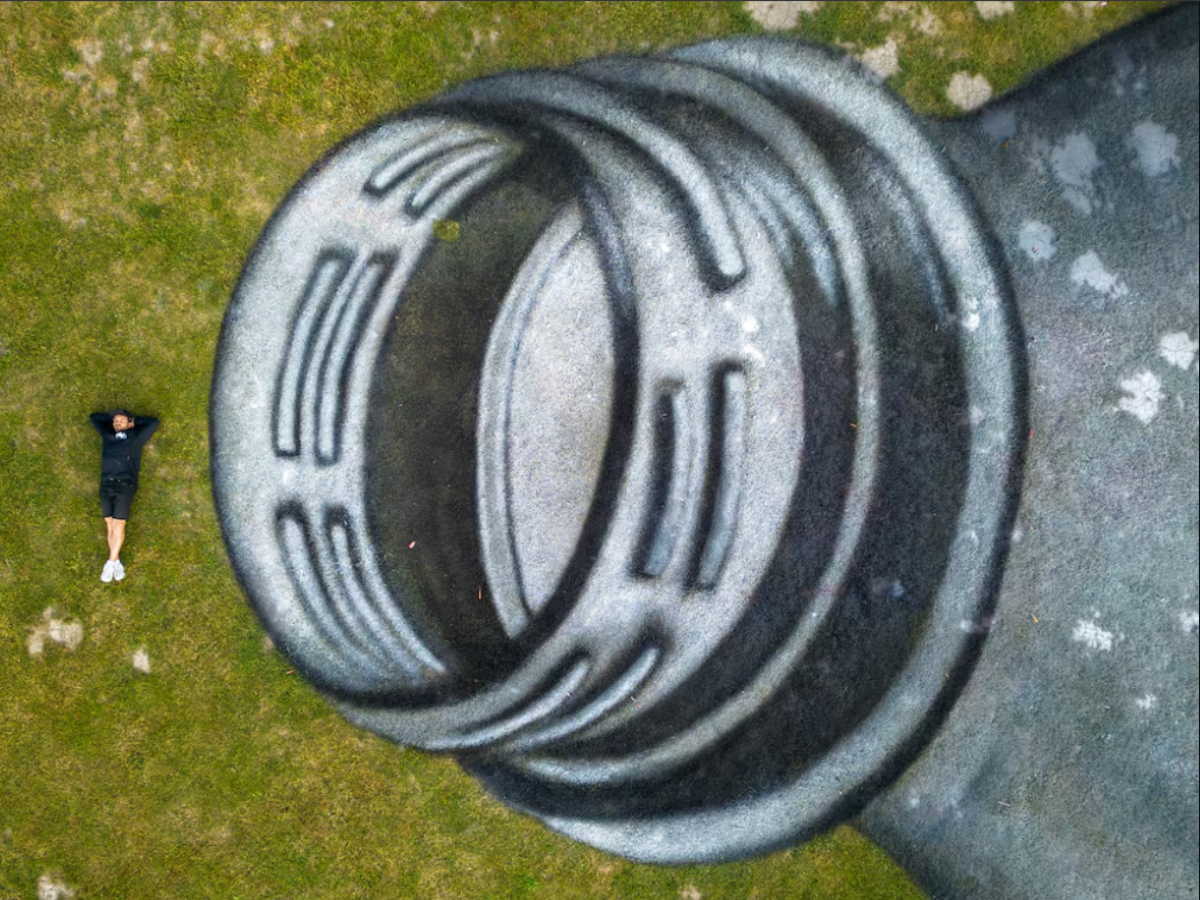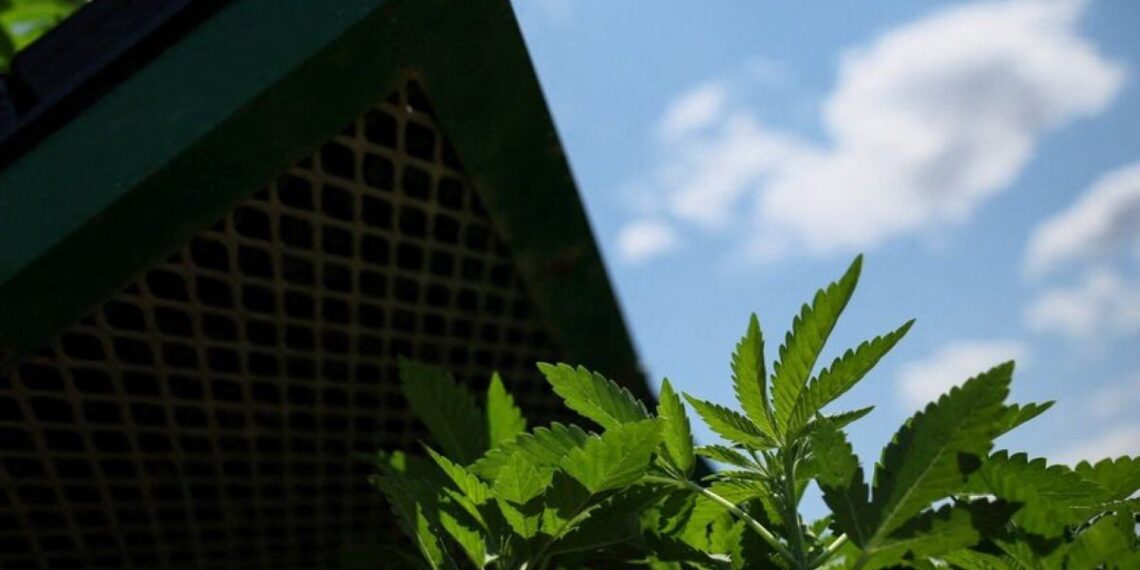Select Language:
Protecting Your Gums, One Plant at a Time
Source: REUTERS
Good news for parents: you can now use a new approach to encourage kids to eat their apples and figs—especially their peels—by tackling something unexpected: gum disease.
Yes, it’s true. A research team from São Paulo State University studied morin, a natural compound found in plants like those pictured, and found it effective against various bacteria. It exhibits anti-inflammatory, antioxidant, and antimicrobial properties targeting bacteria responsible for gum disease.
However, simply eating foods containing morin won’t unlock its benefits—because it needs to be processed first. Researchers are working on ways to optimize its delivery so that it stays in contact with teeth and gums long enough to be effective, since saliva tends to wash away anything that doesn’t adhere.
Luciana Sales has created a solution designed to overcome this challenge and is now testing it with morin.
Naturally, it’ll be some time before these innovations become widely available.
A Breakthrough for Water Lovers
 Source: REUTERS
Source: REUTERS
One Water, a premium bottled water company, introduced its innovative interlocking bottle design at the World Economic Forum in Davos earlier this year, in January.
While the technology itself isn’t new, some media outlets are revisiting the story now, over the past few months, likely to draw more attention to their bottles.
If the goal was publicity, it certainly succeeded. But it’s a bit concerning that they keep rehashing the same story instead of providing new updates.
They claim to source their pristine spring water directly from the Canadian Rocky Mountains. They also aim to unite the world’s top water sources under one label, which sounds a lot like a move toward monopolizing a basic necessity.
That said, their bottles do stack neatly, making transportation easier. They say this design helps cut packaging waste and reduce carbon emissions from shipping by 35%.
If you’re into water, maybe their bottles are worth a try. Personally, I might stick with Pakola’s water, though.
Small Homes, Long Commutes, and No Rest
 Source: REUTERS
Source: REUTERS
Modern workers often seem to be at a disadvantage. Recent surveys from Japan reveal that small living spaces, lengthy commutes, and extended working hours are linked to insomnia.
Between 30% and 40% of adults report experiencing some form of sleep disturbance. Japan has the shortest average sleep duration among OECD countries, falling about an hour below the average.
Longer commutes correlate with both tiredness during the day and insomnia, while smaller homes are mainly associated with sleep issues.
So, the obvious solution? Larger homes closer to workplaces. I wonder why this isn’t already standard practice. It seems like a no-brainer that improving living conditions would be a priority.
Apparently, the real answer is simple—better housing and better locations could make all the difference.







